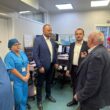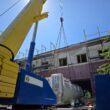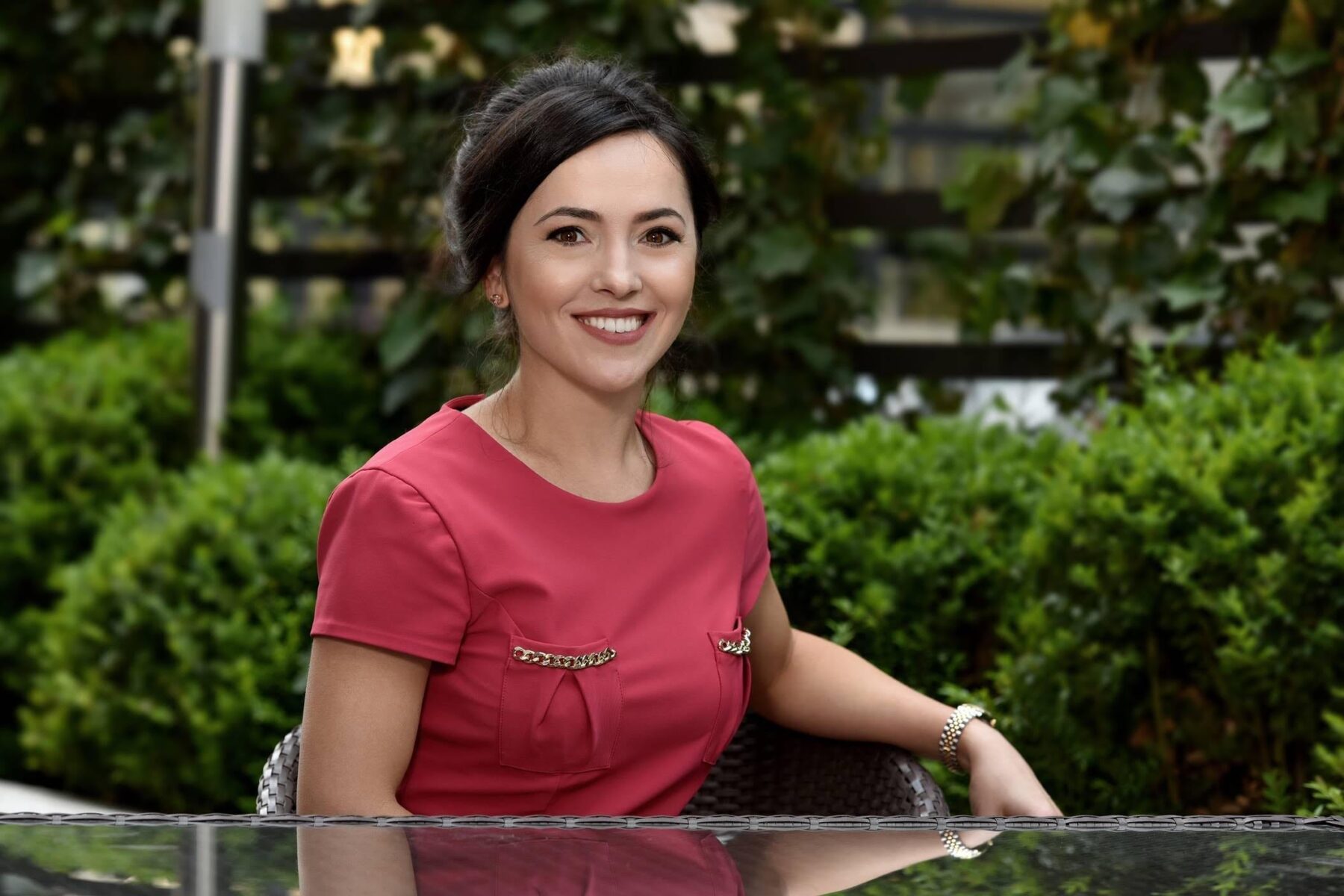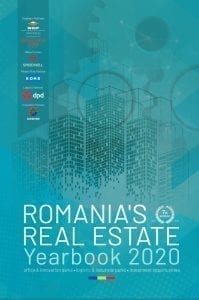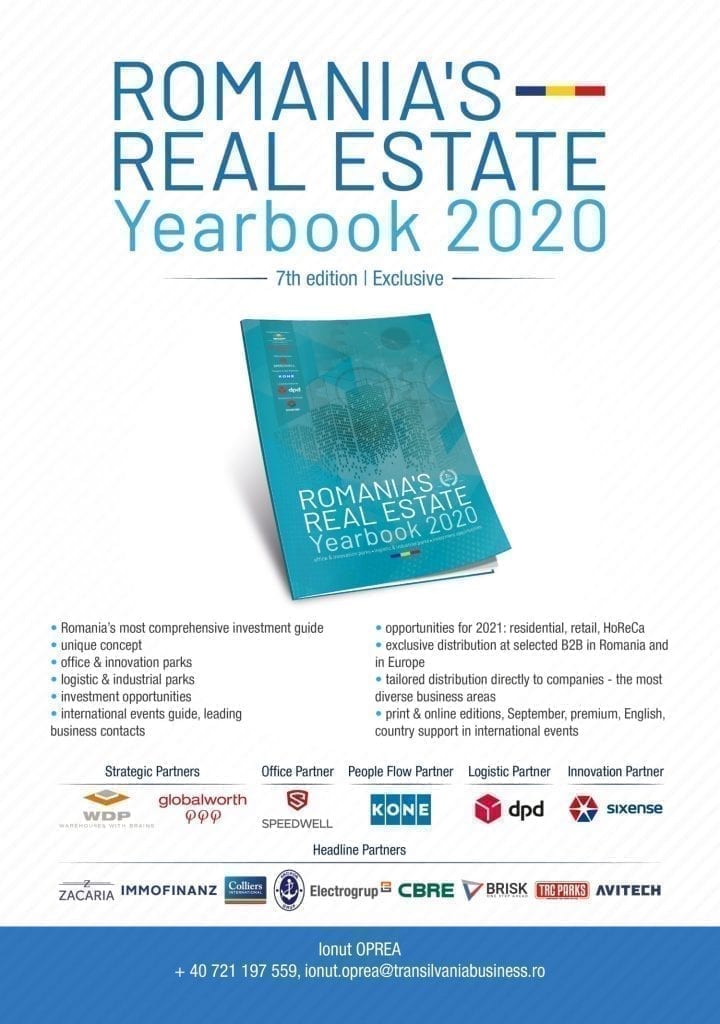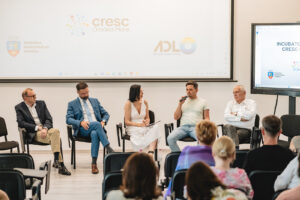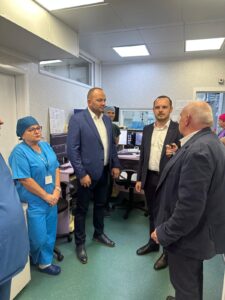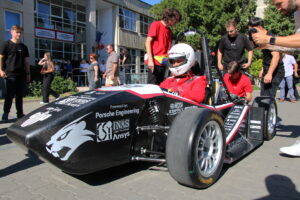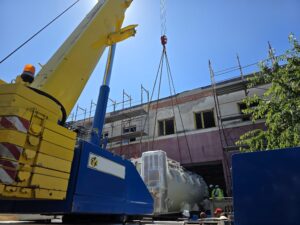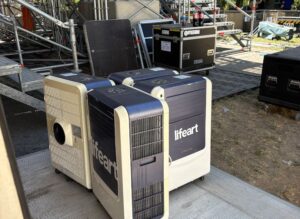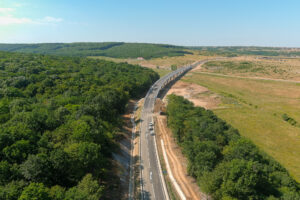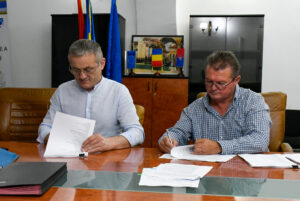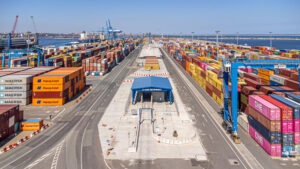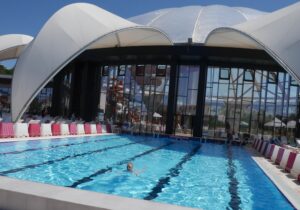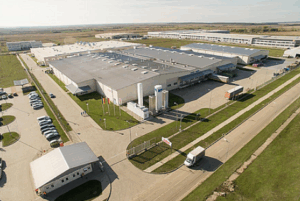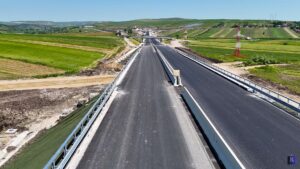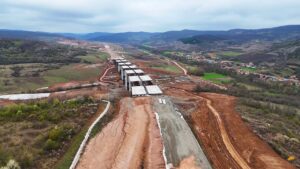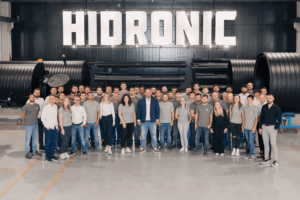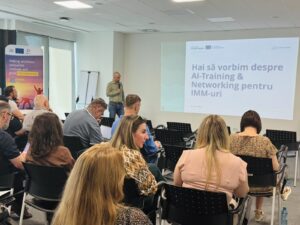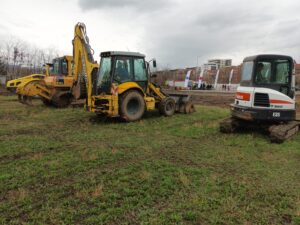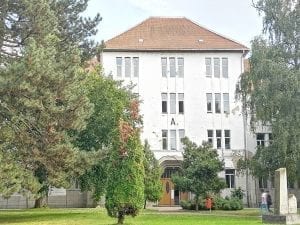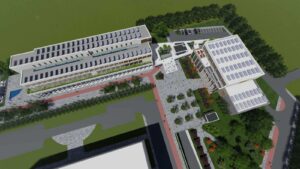Griffes is the most active agency covering very well the capital, secondary and tertiary cities. What do developers and tenants want, which are the attractive sub markets, rising regional stars and types of investment to bet on? Andreea Paun, managing partner Griffes, reveals strategic trends in the office market.
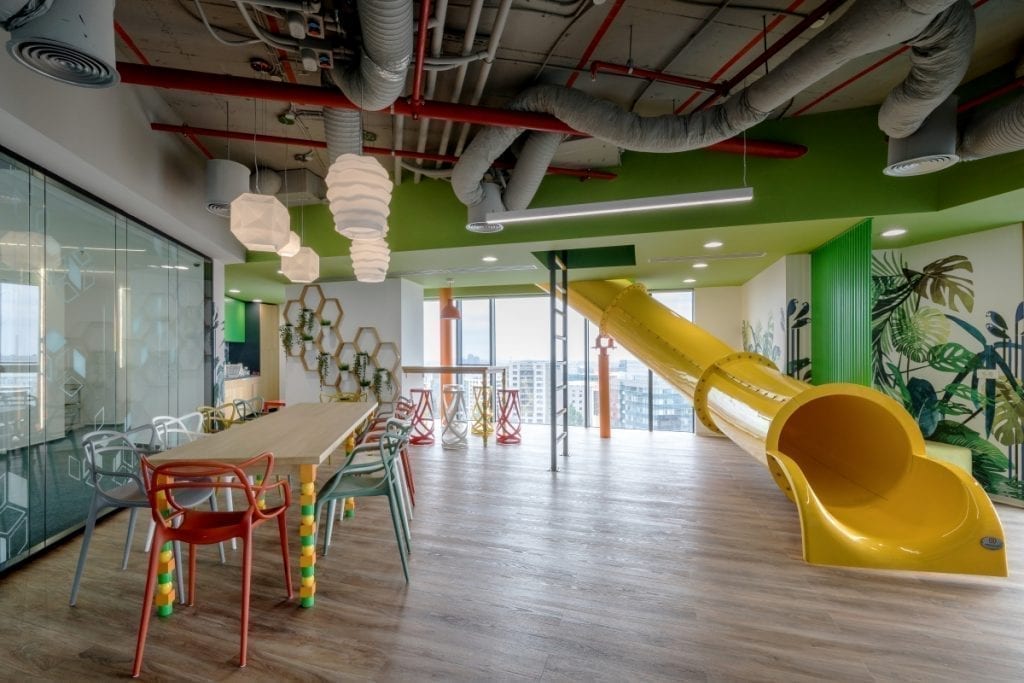
Published in “Romania’s Real Estate Yearbook 2020”, launched in September 2019, click – here, to read online
How did new products and features influenced the market transformation in the last years? Do you feel that clients/ tenants experience a new generation of office buildings, what are they looking for now?
On one hand, developers, through their constant thrive to improve their products are shaping the market and engage occupiers in transforming and upgrading their premises. Developers are not only delivering a building but are working on delivering spaces set for creating communities and the feeling of belonging. On the other hand, for employees, the working environment (including location, interior design, type of areas inside and outside the office space etc.) became an important criterion when selecting a company to work for. Thus, the combination of the two is moving the market forward. Nowadays, tenants are looking for projects that can offer their employees accessibility, amenities and high technical specifications, all being equally important. As a confirmation, 50% of the market activity of the first half of 2019 was represented by relocations, showing the need for an upgrade of office premises.
What is the sentiment when being active both in Bucharest and in the regional market? Which type of products and cities strategies could prove successful in the next few years? Which cities are you betting on?
While being active both in Bucharest and regional cities, one can only gain a broader and a sharper image of the entire office market; Griffes is the most active agency covering very well the capital, secondary and tertiary cities. Although part of the office occupiers in Bucharest have active operations also in regional cities, the local approach in terms of office space requirements might be different. Developers are working on delivering good products in terms of technical specifications but also in terms of facilities and amenities. A successful product that we are witnessing in large regional cities is the mixed-use property, including, besides offices, commercial spaces and residential units – places to work and live. Developers are trying to integrate rich amenities, starting with restaurants, coffee shops, different services, conference/convention center, co-working spaces, sports areas and kindergartens, to maintain life in the community even after office hours. Location and accessibility remain the key drivers in the decision making process. As first tier regional cities, we are betting on Cluj-Napoca, Timisoara and Iasi. In the next wave of development, we will see Constanta growing, as a harbor attracting industrial and logistic operators, hence the adjacent activities, while Sibiu and Brasov will follow closely, in terms of tertiary cities.
Which industries are now driving the demand/growth and what might change in mid-term, which are the positive arguments for investments in Romania and also the challenging factors?
The office demand is still driven by technology intensive industries, followed by the financial sector. Another office demand driver is flexible workspace operators, that increased their presence on the market, especially in Bucharest. High-tech companies will remain the main driver for office space on the midterm. Romania offers some of the most promising business opportunities the CEE, as one of the most competitive and dynamic economies in the European Union. A highly trained labor force that encouraged the creation of innovation and manufacturing hubs, and one of the largest markets in Central and Eastern Europe are attributes that make Romania an attractive destination for investments. On the other hand, one of the biggest challenges that the Romanian office market is facing is related to labor market. Office occupiers, especially those involved in IT and technology related activities are confronted with difficulties in attracting and maintaining highly qualiffied work force. These efforts lead to higher wages and allocating budgets for different types of incentives such as better quality of working environment, complex benefits packages relocation packages, among others. The second situation led to increasing demand for quality office buildings and amazing fit out projects, which stand out at European level in terms of creativity and functionality.
How would you define Griffes, the expertise and strengths of the team, which are the milestones in your activity so far and the objectives for 2019/2020?
Griffes is a creative professional services company. Our main line of expertise is the office segment of the real estate market, with landlord representation and services for owners and developers at our core. We aim to make a difference in the changing landscape of cities throughout Romania, by contributing from the moment of land acquisition, design and build stage to marketing and positioning, leasing process of the building, and ultimately the exit. The team is currently working on 5 major projects across the country, such as: the settling and operation of Unirii View, in Bucharest, a 17,000 sqm office tower now close to 90% leased, the final stages of leasing in Record Park (12,000 sqm) in Cluj-Napoca, the leasing process and repositioning of Vox Technology Park in Timisoara, a new brownfield project to be developed in Sibiu, and early stages of design and strategy for Paltim, our project in Timisoara which successfully started with the sale of a former hat factory to one of our major clients, Speedwell Development and which will turn into a mixed use project on the shore of the Bega river. The main achievements of the current year for us were marked by the volume of over 15,000 sqm office leasing transactions in secondary cities, which indicate Griffes as the most active and proficient consultant for regional cities and the completion of two significant land transactions, adding up to our portfolio of services the first critical segment of real estate development – site selection and land transactions for large developers. That offers us the full picture of the development cycle, a unique view over the broader puzzle that we hope to capitalize on in the near future.
How do the structure and the functions of cities areas influence the evolution of new sub markets – possible hubs, in which areas of Bucharest you still see development potential?
Over time, the Bucharest office market has evolved by grouping office developments around certain areas, depending on different criteria, at different times. Initially, Victoriei Square was established as the central point on the office market due to its location. Subsequently, the developers migrated north, to capitalize on the opportunity of available land plots and proximity to the airport and the residential area in the north of the capital, where demand from multinationals was growing. In the last few years, companies in the IT field have undergone an extraordinary evolution and have represented an increasing proportion of the demand for quality ofice spaces, so the developers followed them where these companies wanted to be present, near the university centers and sub-markets have been created. Office facilities in these areas have multiplied and diversified and thus a cluster creates value through the living organism into which it is transformed. Thus, I am sure that this clustering trend will continue to exist in certain office areas, such as Center West and Baneasa – Expozitiei areas, especially taking into account the development of new metro lines. We see a comeback of the interest for downtown, as the place to be, with transportation, institutions and a better day-to-day life of the employees.
__________________________________________________________________________________________________________
Available now – “Romania’s Real Estate Yearbook 2020”, order your complimentary copy, 7th edition, exclusive – read here
Romania’s most comprehensive investment guide – unique concept | office & innovation parks | logistic & industrial parks | investment opportunities | international events guide, leading business contacts | opportunities for 2021: residential, retail, HoReCa | exclusive distribution at selected B2B in Romania and in Europe | tailored distribution directly to companies – the most diverse business areas | print & online editions, September, premium, English, country support in international events.
Strategic Partners: WDP & Globalworth | Office Partner: Speedwell | People Flow Partner: Kone | Logistic Partner: DPD | Innovation Partner: Sixense | Headline Partners: Zacaria, Immofinanz, Colliers, Anchro Grup, Electrogrup, CBRE, Brisk, Transilvania Constructii, Avitech

